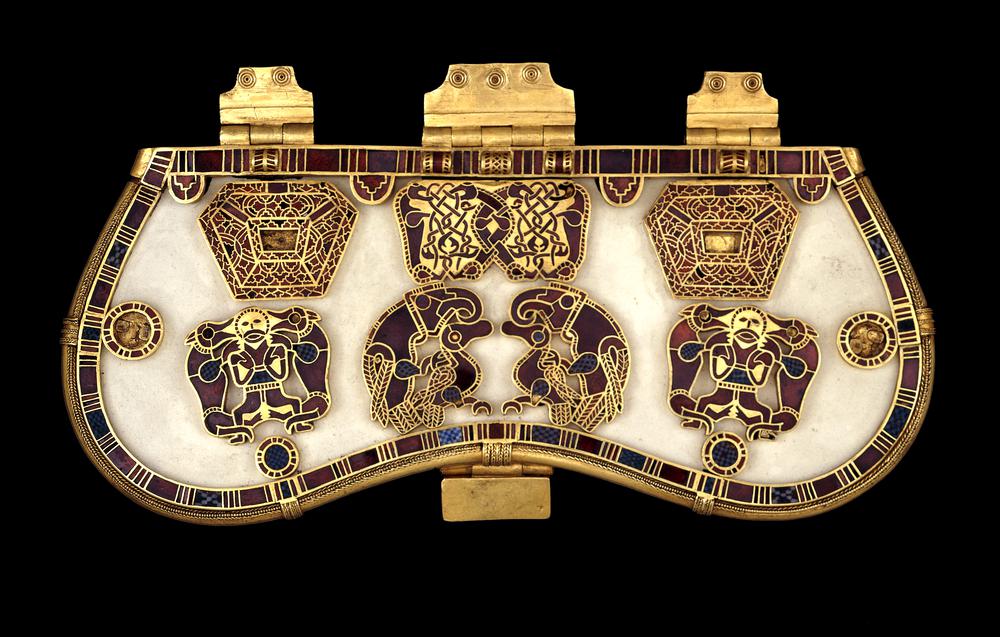I could use one of these to finally cut this damn bread
A weapon to defeat a mortal foe, I see
Breadbreaker.
To be honest it looks like something that will easier break itself due to structural weaknesses being a part of the design. If I didn’t google it I would think it’s some sort of medieval meme (named swordbreaker because it breaks).
I have to assume it’s thicker than the typical sword of the time, since that’s the dimension that will be giving it strength if you catch a sword in one of the grooves and attempt to bend it. 1600 CE Italy is a time and place where rapiers were in common use, so it’d be going up against extremely long and thin swords. That said I’d assume that rather than breaking them in most instances, it would at best bend them. You don’t want your sword to be made of the absolute hardest steel possible specifically because it will then break if you damage it, so maybe these daggers could also be tempered to be far harder (and more brittle) if you were in a position to not worry about the cost of breaking it
That makes sense. In my mind I saw this going against shortsword or lonsword.
It’d still work great there to provide a grab on their sword. Even large bastard swords aren’t all THAT much metal for how big the blades are. The blade catcher would likely only need to be as thick as dumb heavy display swords to be stronger than a typical sword back then.
When you spread a select few lbs of steel over several feet of length, it gets pretty thin. Something like this doesn’t have to be amazingly strong to still be stronger than any sword it’d meet. At least enough to catch and foul the blade without breaking.
It’s definitely designed to parry and capture rapier like swords. The arrow head parts allow the blade in, but stop it sliding back out.
It was likely used to momentarily tangle an opponent’s blade. You could then either run them through with your own sword, or, more likely, close within their guard, to use a dagger.
These are used all the way up to broadswords. You use them to entangle and then wrench the blade away from your opponent. A lot of times they’re used with a cudgel in the other hand, not a sword.
Oh agreed that various sword breakers exist (ed) this particular one is designed for dealing with narrow stabbing blades. A broad sword, or similar would simply overwhelm it. This is a mugger’s weapon, designed to deal with a “gentleman” sword, not a war sword.
Zooming in I see there’s a large crack so probably it’s already broken.
You don’t actually break the other sword when using this. You basically trap the other sword in the tines of this and then wrench the sword out of the other guys hand. When the sword enters the tines you just twist the swordbreaker and the other guys sword comes popping out.
I also saw it as a way to lock their sword for a few seconds. Uncertain how it works in the real world/historically, but in my head, I see it as locking, pulling them in then a quick knife to the throat.
You would use it with a main sword or cudgel/mace not a second dagger since the sword breaker is a type of parrying dagger.
I believe this was more of a niche item than something that was actually used
It does seem to work as intended, though going for a regular buckler is probably a safer bet.
dual wield
That is really trippy. I didn’t know such things existed! It could be a neat thing to use in an rpg.
iirc it doesn’t look exactly like this but there is a parrying dagger in Dark Souls.
Bonus to disarm!








